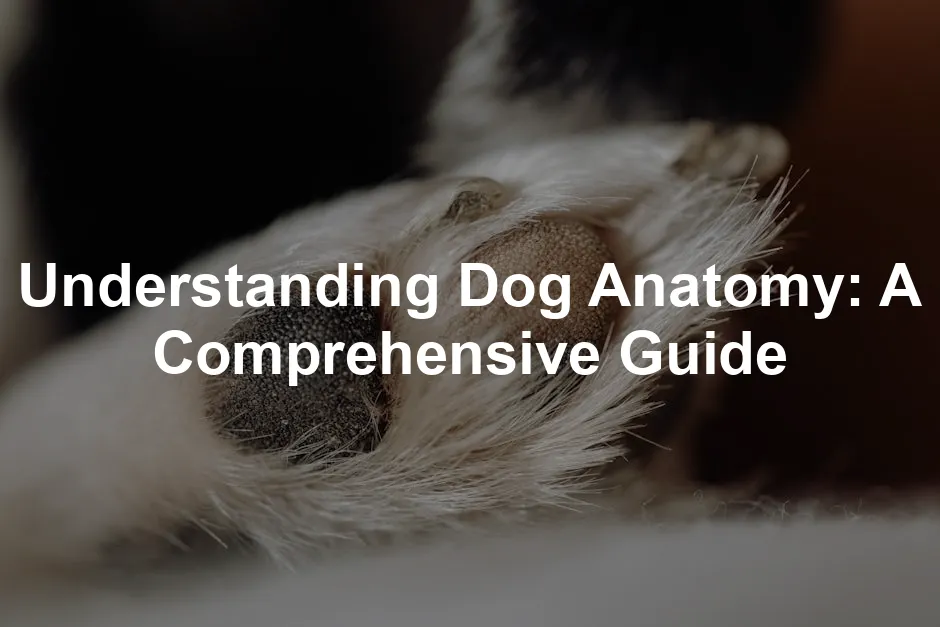Introduction
Understanding dog anatomy is vital for pet owners, breeders, and vets. It helps you recognize health issues early. Knowing your dog’s body can improve their overall well-being. This article aims to provide a detailed overview of canine anatomy, making it easier for you to care for your furry friend.
To further enhance your understanding, consider picking up a Dog Anatomy Book. It’s like a cheat sheet for your dog’s body, perfect for impressing friends or just being a responsible pet parent!
For those interested in specific breeds and their unique anatomical features, check out the Best hypoallergenic dog breeds for allergy sufferers.
Summary and Overview
Dog anatomy encompasses various systems, each playing a crucial role in health and behavior. Familiarity with anatomy aids in identifying potential health problems, fostering better communication with veterinarians. Additionally, understanding how anatomy affects behavior helps you train and bond with your dog.
In this guide, you can expect sections devoted to major systems like the skeletal, muscular, cardiovascular, and more. Each section will provide insights into how these systems work together to keep your dog healthy.
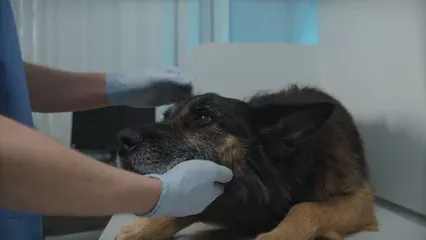
Anatomy of Dogs: An Overview of Major Systems
The Skeletal System
The canine skeleton is a complex structure made up of around 319 bones. Major bones include the skull, spine, and limbs. Each of these bones serves a specific purpose, providing support and facilitating movement.
The skull protects the brain and houses teeth. The spine supports the body and allows for flexibility. Limbs, consisting of forelegs and hind legs, are crucial for mobility.
Notably, skeletal structures can vary among breeds. For example, larger breeds may have thicker bones for support, while smaller breeds possess lighter bones. Understanding these differences can help you provide better care tailored to your dog’s needs.
Finally, the skeleton plays a pivotal role in a dog’s overall health. A strong skeletal system ensures mobility and stability as your dog ages. If you’re curious about specific breeds, exploring their anatomical differences can be enlightening. And while you’re at it, consider investing in a Dog Bed that supports their joints!

The Muscular System
Muscles play a crucial role in your dog’s movement and stability. They allow for activities like walking, running, and playing. Understanding dog muscles can help you appreciate your pet’s physical abilities.
Dogs have two types of muscles: voluntary and involuntary. Voluntary muscles let your dog move intentionally, like wagging their tail. Involuntary muscles, like those in the heart, function automatically.
Muscles interact with bones through tendons. When a muscle contracts, it pulls on a tendon, which moves the bone. This connection is essential for every action your dog takes. Major muscle groups include the forelimbs, hind limbs, and core muscles. Each group has specific functions, such as supporting movement or maintaining posture.
Common muscle-related health issues include strains and injuries. Regular exercise is vital for keeping muscles strong and healthy. You might want to use a Dog Training Clicker to help reinforce positive behaviors during exercise!

The Cardiovascular System
The canine cardiovascular system is vital for overall health. It includes the heart and blood vessels. The heart has four chambers: left atrium, left ventricle, right atrium, and right ventricle. These chambers work together to pump blood throughout the body.
Valves in the heart ensure blood flows in the right direction. Proper circulation is essential for delivering oxygen and nutrients to organs. An average dog’s heart rate ranges from 60 to 160 beats per minute, depending on their size and activity level.
Dogs often face cardiovascular issues like heartworm and heart disease. Regular exercise keeps their heart strong and can prevent problems. Watching your dog’s activity level and behavior can give clues about their heart health. Regular vet check-ups are recommended to monitor cardiovascular health and catch any issues early. And to keep their water intake high while exercising, consider a Pet Water Fountain!
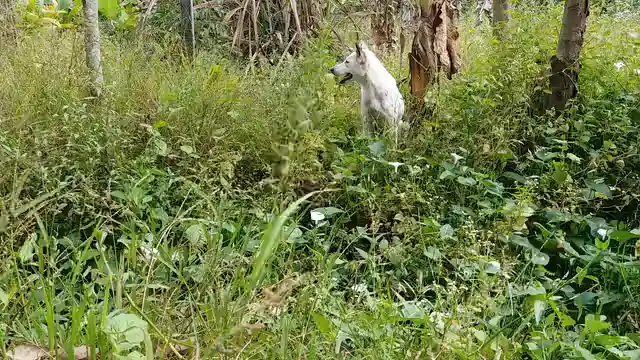
The Respiratory System
The respiratory system in dogs includes the nose, trachea, and lungs. It plays a vital role in oxygen intake and carbon dioxide removal. The nose warms and filters the air before it reaches the lungs. The trachea, or windpipe, connects the throat to the lungs, ensuring air flows smoothly.
Dog lungs are designed for efficient gas exchange. They consist of bronchi and alveoli. Alveoli are tiny air sacs where oxygen enters the bloodstream. This system is crucial for overall health, as oxygen is essential for energy production in cells.
Common respiratory diseases include kennel cough and pneumonia. These conditions can lead to serious health issues if not addressed. It’s also important to consider air quality. Poor air quality can aggravate respiratory problems and affect your dog’s health. To help maintain their coat health, which can influence respiratory health, try a Dog Grooming Kit!
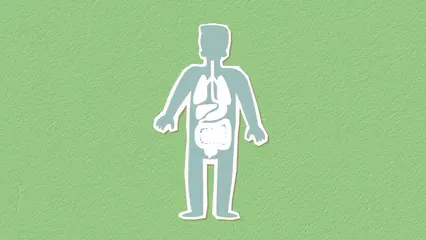
The Digestive System
The canine digestive system consists of several organs, including the mouth, stomach, and intestines. Each component plays a specific role in breaking down food into usable nutrients. The mouth begins digestion through chewing and saliva, which contains enzymes.
Once food reaches the stomach, it mixes with gastric juices. This process breaks down food further, preparing it for the intestines. The small intestine absorbs nutrients, while the large intestine focuses on water absorption and waste elimination.
Nutritional needs vary by age, breed, and health status. Dogs require a balanced diet rich in proteins, fats, and carbohydrates. A poor diet can lead to digestive disorders like diarrhea or vomiting. To ensure they get the best nutrition, consider a storage solution with a Dog Food Storage Container that keeps their food fresh!
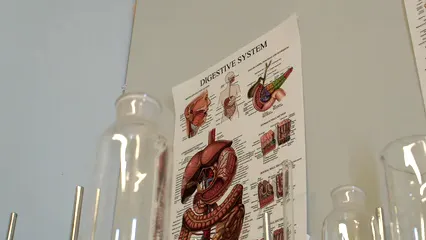
The Nervous System
The nervous system in dogs is a fascinating network. It includes the brain, spinal cord, and nerves. This system controls coordination and behavior, helping dogs respond to their environment. The brain processes information, while the spinal cord transmits signals. Nerves connect everything, allowing quick reactions.
Stress can significantly impact a dog’s nervous system. Stressful situations may lead to anxiety or behavioral changes. It’s essential to recognize how stress affects your pet’s well-being. If you notice your dog becoming anxious, an Dog Anxiety Vest might help soothe their nerves!

The Urogenital System
The urogenital system in dogs encompasses both urinary and reproductive organs. Key components include the kidneys, bladder, and reproductive organs. The kidneys filter waste from the blood, while the bladder stores urine.
Spaying or neutering pets plays a vital role in their health. It helps prevent unwanted litters and reduces the risk of certain health issues.
Common urogenital problems include urinary tract infections and incontinence. Dogs may also experience reproductive health issues, such as tumors or infections. Regular veterinary visits are essential for monitoring urogenital health. These check-ups can catch potential issues early. Keeping an eye on your dog’s bathroom habits can also provide valuable insight into their health. For those who love outdoor adventures, a Dog Travel Water Bottle is a must-have!
For more information on managing health issues like urinary tract infections, consider looking into guide for new dog owners on managing separation anxiety in rescue dogs.
The Sensory Systems
Dogs experience the world through their unique sensory systems. They have five senses: smell, sight, hearing, taste, and touch. Each sense plays a significant role in how they interact with their environment.
Let’s start with smell. Dogs possess around 220 million olfactory receptors. This makes their sense of smell incredibly powerful—far superior to that of humans. They can detect aromas at incredibly low concentrations, which is why they excel in roles like search and rescue.
Next is sight. Dogs see fewer colors than we do, primarily perceiving shades of blue and yellow. However, they excel in low light, thanks to a special layer of cells called the tapetum lucidum. This adaptation enhances their night vision.
Hearing is another strong suit. Dogs can hear sounds at frequencies as high as 100,000 Hz, while humans max out around 20,000 Hz. This heightened hearing allows them to respond to sounds beyond our perception.
Taste is less refined in dogs. They have about 1,700 taste buds compared to our 9,000. Dogs rely more on smell than taste to identify food. Lastly, touch is vital. Dogs have sensitive pads on their paws and whiskers that help them navigate their surroundings.
Understanding these senses can enhance your training methods. Activities that stimulate your dog’s senses, like scent games or interactive toys, can improve behavior and strengthen your bond. A great Interactive Dog Toy can make playtime even more engaging!

Please let us know what you think about our content by leaving a comment down below!
Thank you for reading till here 🙂
All images from Pexels

